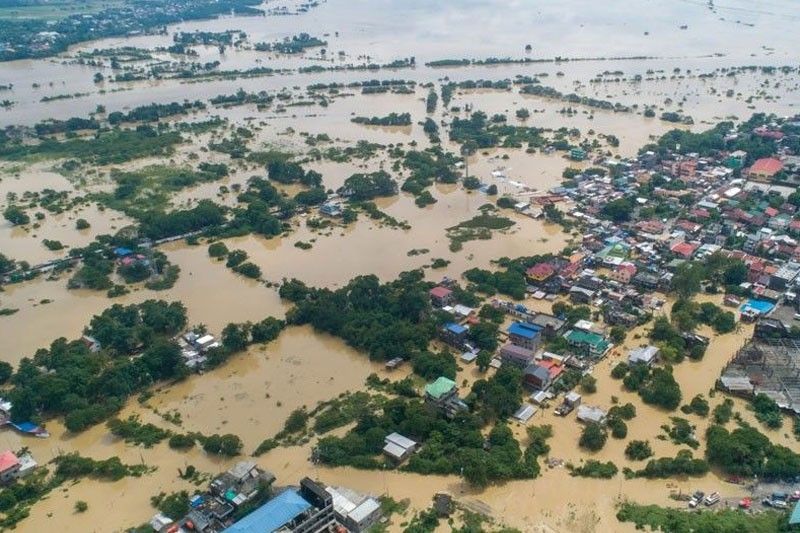More people globally being affected by disasters

MANILA, Philippines — Globally, the number of people affected by disasters since 2015 increased by 80 percent despite the adoption of a United Nations-backed international disaster reduction agreement, the UN Office for Disaster Risk Reduction (UNDRR) said.
“More people globally are being affected by disasters than ever before,” UNDRR said on Saturday.
The Sendai Framework, named after the Japanese city in which it was adopted, is an international UN agreement designed to reduce disaster losses. It targets substantially fewer deaths from disasters, a reduction in the disaster damage to infrastructure, and improved early warning systems – all by 2030.
“However, eight years on, little progress has been made,” it said.
The agency said there has been an 80 percent increase in the number of people affected by disasters since 2015 and “UNDRR finds that many of the lessons from past disasters seem to have been ignored.”
While the number of people affected by disasters is going up, the proportion being killed has more than halved. The disaster-related mortality rate in the decade 2005-2014 was 1.77 per 100,000 global populations, and in the decade 2012-2021 it had dropped to 0.84, barring the impact of COVID-19.
From May 18 to 19, a high-level meeting at the UN Headquarters in New York will provide an opportunity to lay out the many challenges that have stalled progress, and chart a course toward a safer world.
Delegates at the event will pore over the report of the Midterm Review of the Framework’s implementation, which lays bare the scale of the problem.
The report, released in April to mark the halfway point between the launch of the Framework and the 2030 deadline, emphasizes the growing impacts of climate change since 2015, and the “brutally” unequal consequences, which are much more severe in developing countries.
The UNDRR cited the flooding in Pakistan in 2022, which affected more than 33 million people and damaged millions of acres of agricultural land, causing widespread food insecurity.
“The growing interconnectedness of the world’s societies, environments, and technologies means that disasters can spread extremely quickly,” UNDRR said.
The report points to the COVID-19 pandemic as a prime example, beginning as a local outbreak in China in 2019, before rapidly spreading around the world, leading to the death of some 6.5 million people by the end of 2022.
“One doesn’t have to look hard to find examples of how disasters are becoming worse,” says Mami Mizutori, Special Representative of the UN Secretary-General for Disaster Risk Reduction and head of UNDRR.
“The sad fact is that many of these disasters are preventable because they are caused by human decisions. The call to action of the Midterm Review is that countries need to reduce risk in every decision, action, and investment they make,” he added.
The UNDRR said not enough is being done, noting that the costs of disasters continue to rise, but funding for disaster risk reduction is not going up at anywhere near the rate needed to tackle them.
- Latest
- Trending



























